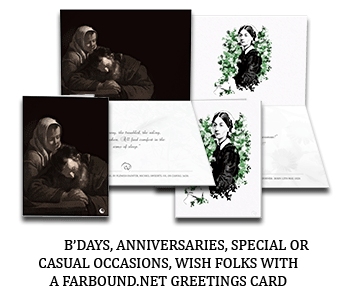Photographer: U.S Army, Audio Visual Center.
Location: Undisclosed.
Catalogued by the National Archives and Records Administration (NARA), a soldier of the U.S Armed forces poses in a camouflage of black and white in this photo documented on the 14th of November, 1917. Possibly by a photographer of the U.S Army’s Audio Visual Center – a military field agency entrusted to support the U.S Army’s Deputy Chief of Staff for Operations and Plans.
The caption next to the photo reads: Soldier in black and white uniform to conceal him while climbing trees. He stands in front of a house camouflaged to represent a fence and trees. Company F,24th Engineers. American University, D.C. Army Engineer Corps.
What probably was an ongoing experiment at the time with the U.S army in 1917. A year which fell in the period of World War I that lasted from the 28th of July, 1914 to 11th November, 1918. The stripped camouflage during the war had predominantly come to be seen on British and U.S warships sailing across the oceans.
More popularly known as the razzle dazzle camouflage. Its inventor was the British Zoologist John Graham Kerr, who had first proposed the idea to Winston Churchill in the year 1914. Which later had been improved by British marine artist, Norman Wilkinson, and subsequently being credited to. After Wilkinson had formally won the legal battle and declared its inventor.
The intention of the zebra patterned camouflage, essentially motion disruption, was actually not to hide a warship but to make it difficult for enemy submarine and airplanes from accurately judging their speed and size and thus make an error in judgment when it came to targeting.
The disruptive camouflage, however, would largely fall out of favour by the time of World War II.







